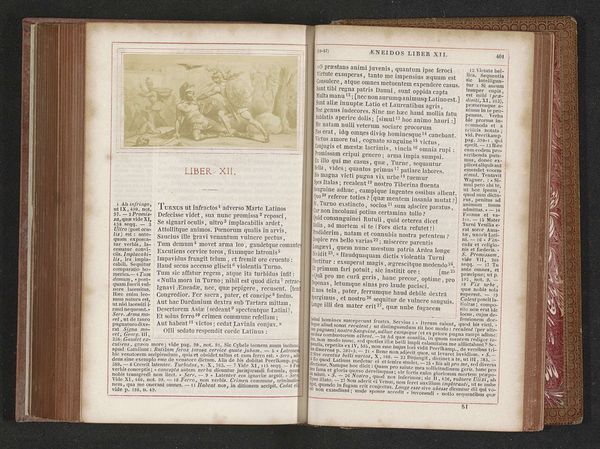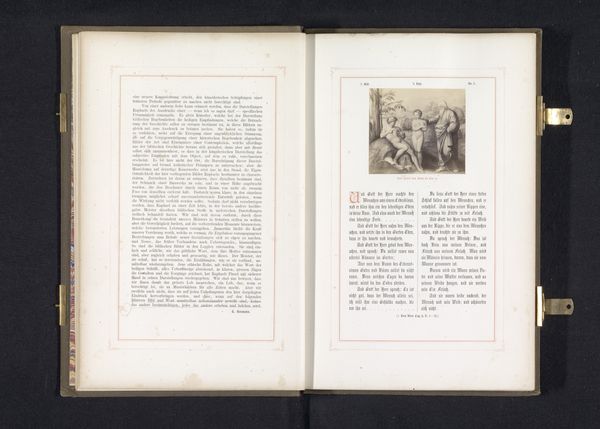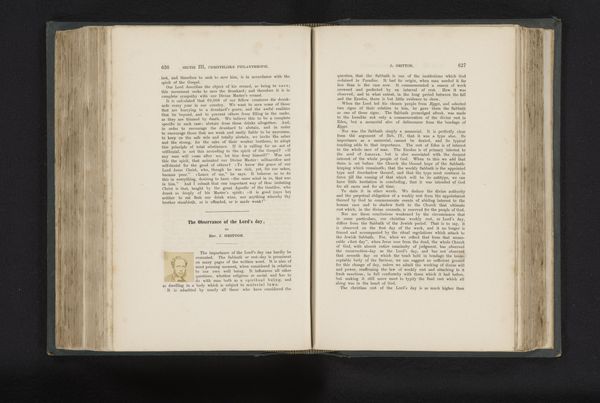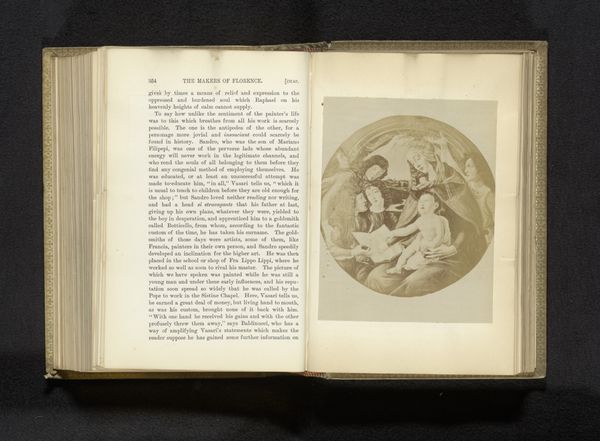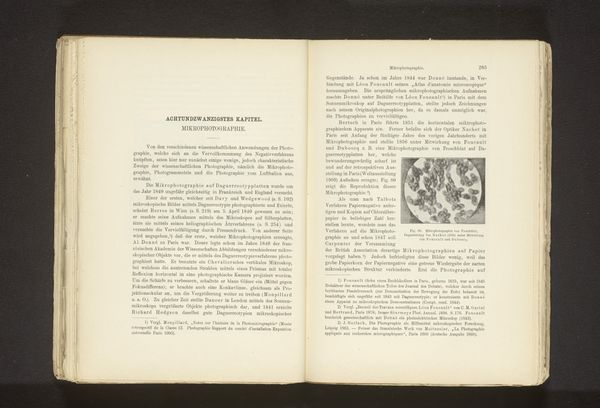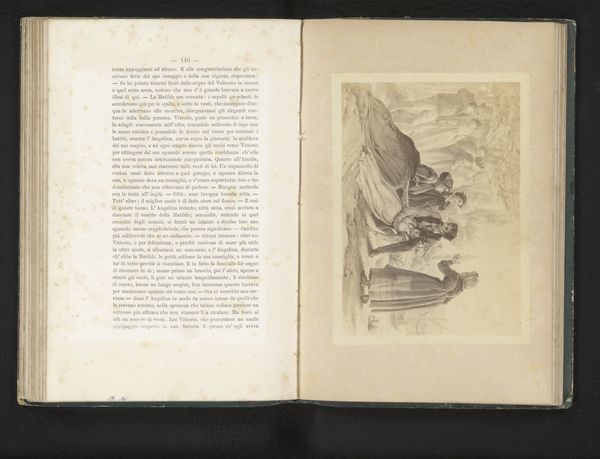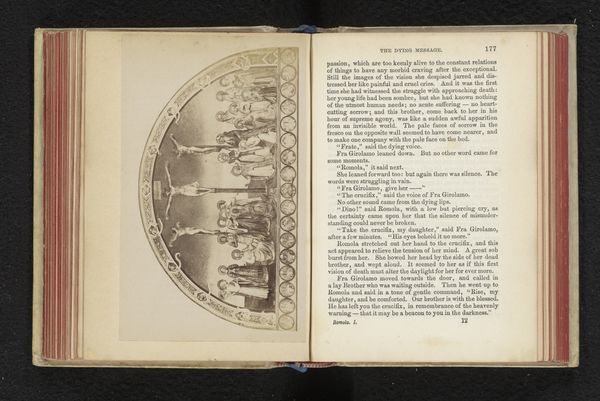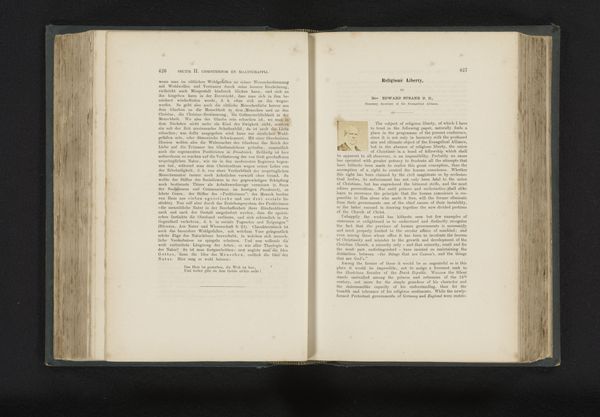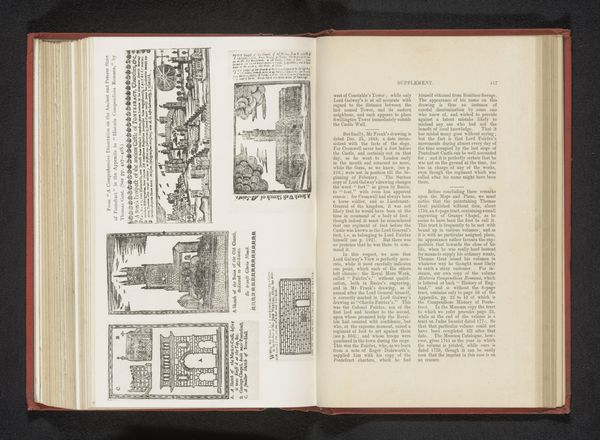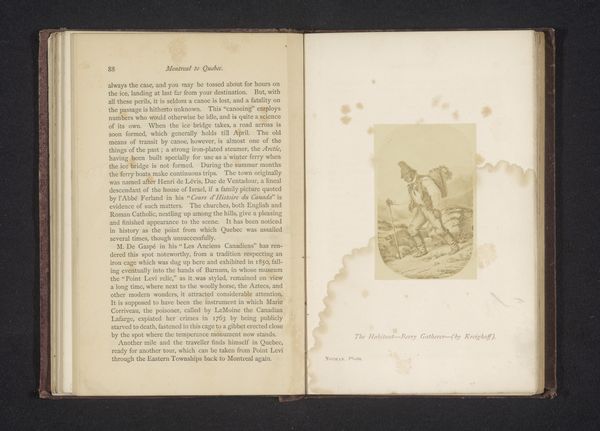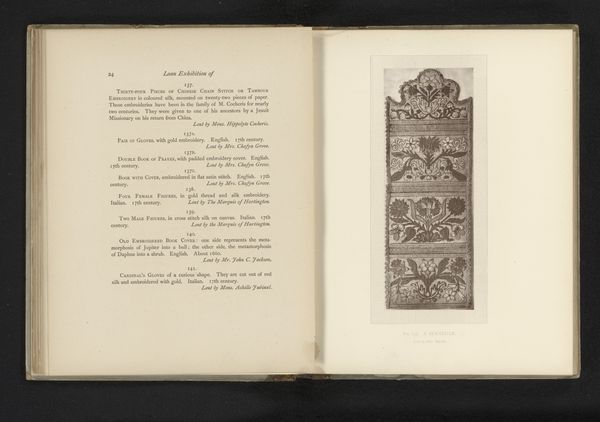
Fotoreproductie van een schilderij, voorstellende het offeren van een os before 1858
0:00
0:00
print, paper, engraving
# print
#
paper
#
genre-painting
#
history-painting
#
academic-art
#
engraving
Dimensions: height 31 mm, width 61 mm
Copyright: Rijks Museum: Open Domain
Editor: This is "Fotoreproductie van een schilderij, voorstellende het offeren van een os," which translates to "photographic reproduction of a painting, depicting the sacrifice of an ox", and was made before 1858. It is an engraving on paper by an anonymous artist. It seems to depict an ancient scene, maybe a Roman or Greek sacrifice. There is a lot going on. How do you interpret this work? Curator: This piece captures the visual language of cultural memory. The offering of the ox, deeply embedded in Greco-Roman tradition, served as a symbol of appeasement to the gods, prosperity, and social cohesion. Editor: So, it’s not just about the literal sacrifice? Curator: Not at all. The image acts as a condensed narrative. Note the academic style, deliberately referencing a classical artistic vocabulary. This choice would connect the image, and perhaps the book it's contained within, to a longer lineage of scholarship and artistic traditions. Look how deliberately the figures are posed, recalling established representations of sacrifice and ritual. It asks, how does repeated imagery influence understanding across generations? What feelings does this imagery provoke in you? Editor: Now that you mention it, I can definitely feel how studied and deliberate the figures seem, their poses aren't exactly natural... I guess that’s part of what gives the piece its historical feeling. Curator: Exactly! And, this repetition ensures that fundamental values and narratives are consistently re-emphasized and remembered. The artwork, therefore, goes beyond the mere depiction of an event. It ensures cultural continuity. Editor: I hadn’t thought about images being a tool for preserving tradition and memory! Thanks for explaining. Curator: It’s been a pleasure.
Comments
No comments
Be the first to comment and join the conversation on the ultimate creative platform.
